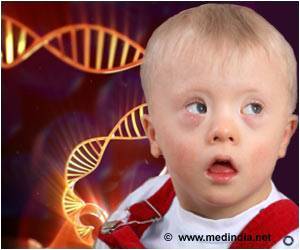A powerful new single technique has been developed to help investigate how the environment effects our development and the traits we inherit from our parents.

'Epigenetic marks' are chemical tags or proteins that mark DNA and act as a kind of cellular memory. They do not change the DNA sequence but record a cell's experiences onto the DNA, which allows cells to remember an experience long after it has faded. Placing these tags is part of normal development; they tell genes whether to be switched on or off and so can determine how the cell develops. Different sets of active genes make a skin cell different from a brain cell, for example. However, environmental cues such as diet can also alter where epigenetic tags are laid down on DNA and influence an organism's long-term health.
Dr Gavin Kelsey, from the Babraham Institute, said: "The ability to capture the full map of these epigenetic marks from individual cells will be critical for a full understanding of early embryonic development, cancer progression and aid the development of stem cell therapies.
"Epigenetics research has mostly been reliant on using the mouse as a model organism to study early development. Our new single-cell method gives us an unprecedented ability to study epigenetic processes in human early embryonic development, which has been restricted by the very limited amount of tissue available for analysis."
The research, published in Nature Methods, offers a new single-cell technique capable of analyzing DNA methylation – one of the key epigenetic marks – across the whole genome. The method treats the cellular DNA with a chemical called bisulphite. Treated DNA is then amplified and read on high-throughput sequencing machines to show up the location of methylation marks and the genes being affected.
These analyses will help to define how epigenetic changes in individual cells during early development drive cell fate. Current methods observe epigenetic marks in multiple, pooled cells. This can obscure modifications taking place in individual cells at a time in development when each cell has the potential to form in a unique way. The new method has already revealed that many of the methylation marks that differ between individual cells are precisely located in sites that control gene activity.
Source-Eurekalert
 MEDINDIA
MEDINDIA




 Email
Email







